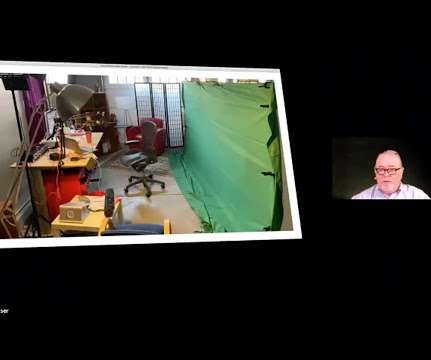Forget the Catchy Headlines – It Is Time for HR Leaders to Get Serious About Workforce Planning
CCI Consulting
AUGUST 21, 2023
a 28% quit rate in 2001 and 2010, following the 2000-2001 and 2008-2009 recessions). A core problem over the past few decades is that too many companies stopped dedicating the appropriate amount of time and energy to workforce planning and moved away from talent programs that provide the career experiences employees seek.















Let's personalize your content